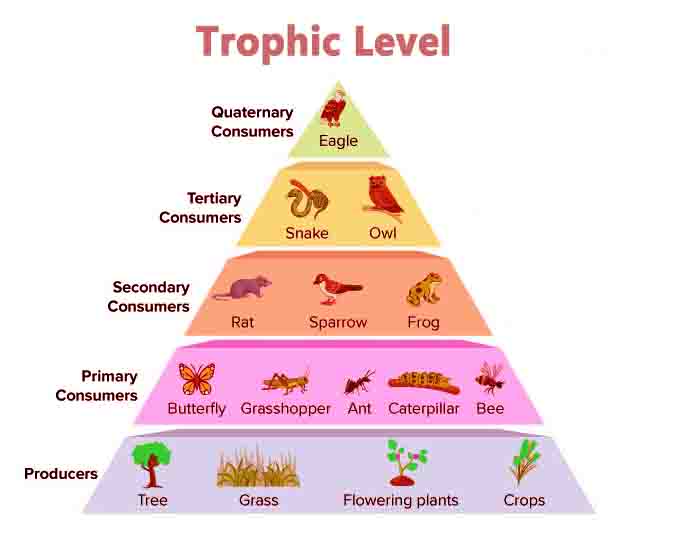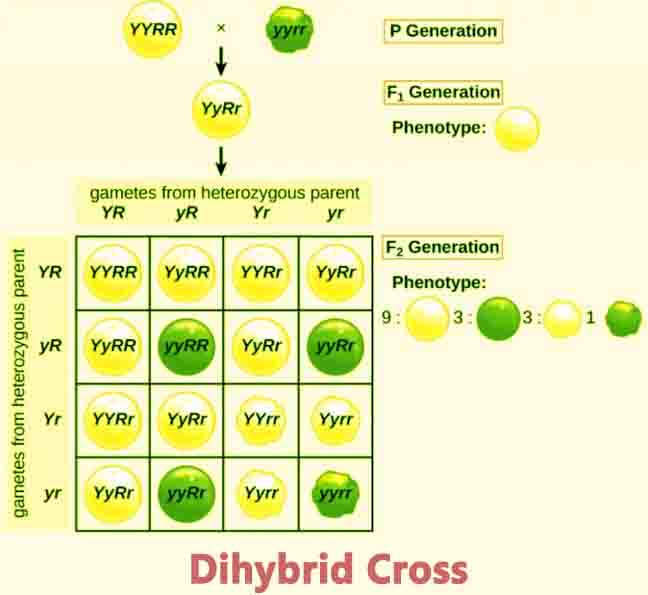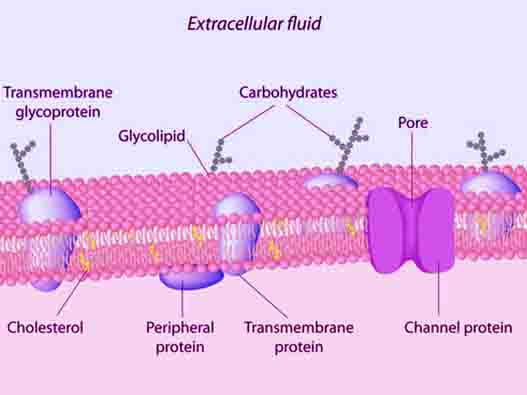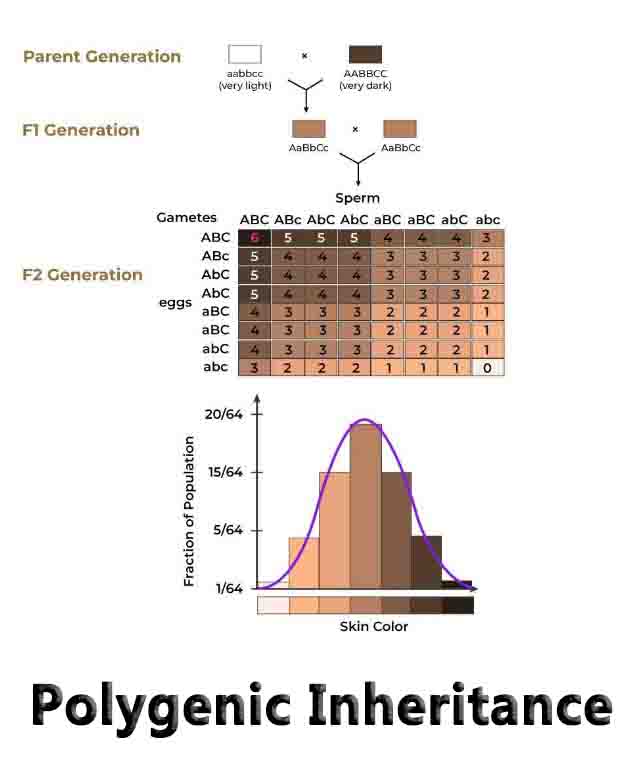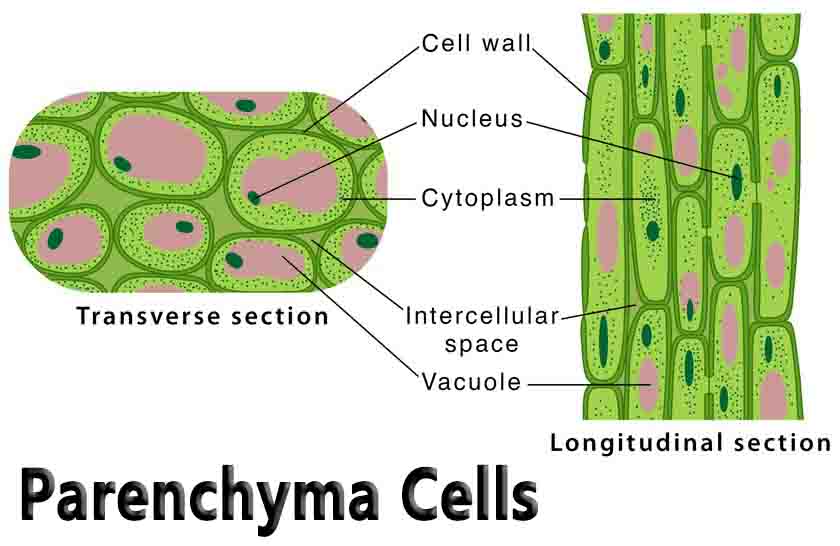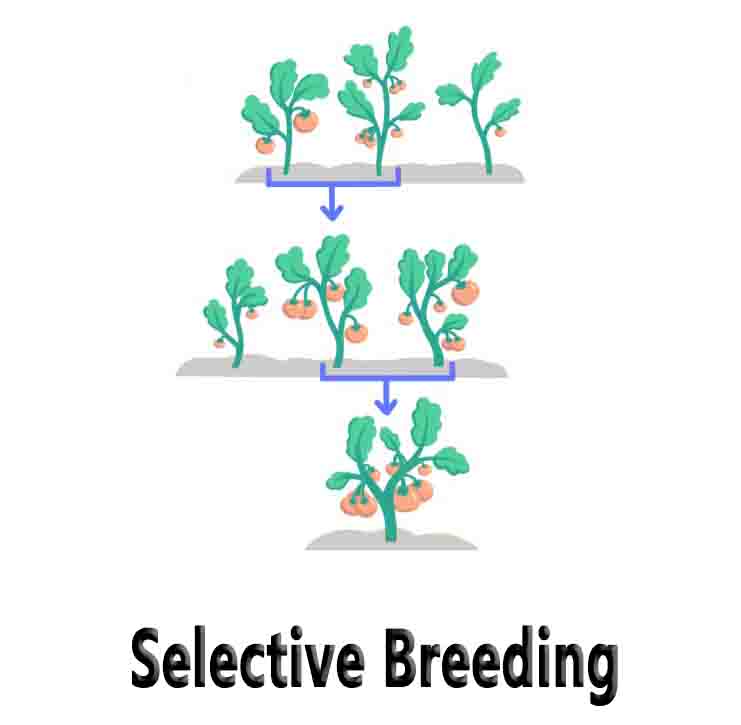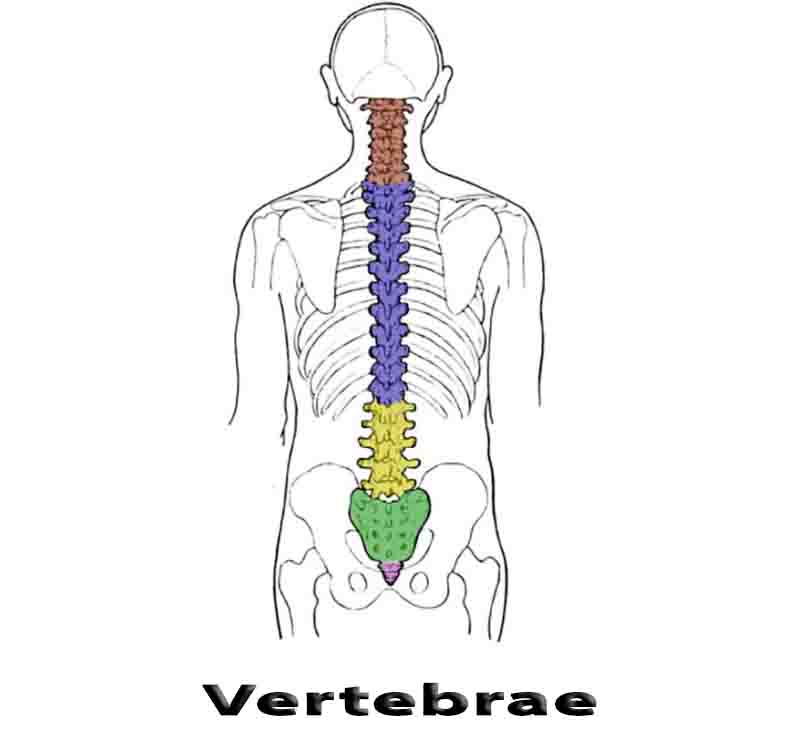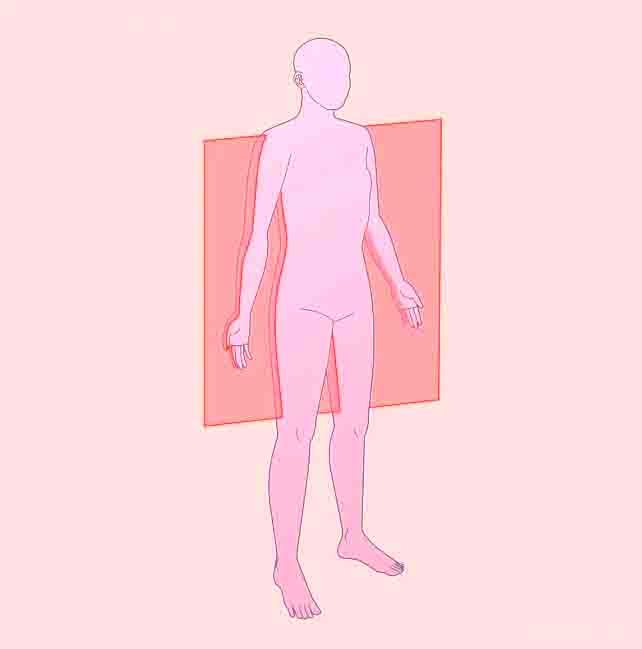Trophic Level
Trophic Level Definition A trophic level is the group of organisms within an ecosystem which occupy the same level in a food chain. There are five main trophic levels within a food chain, each of which differs in its nutritional relationship with the primary energy source. The primary energy source in any ecosystem is the … Read more

